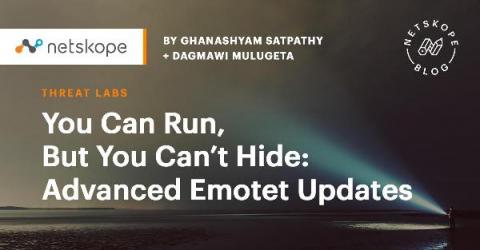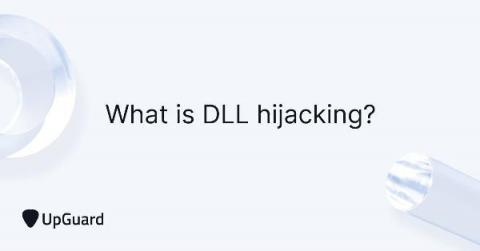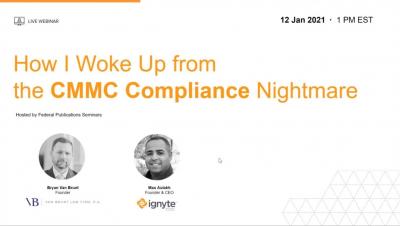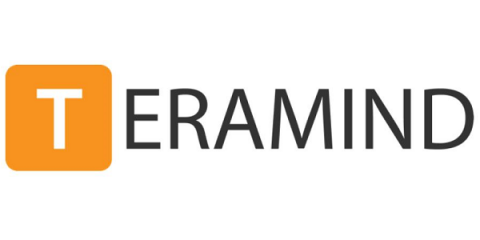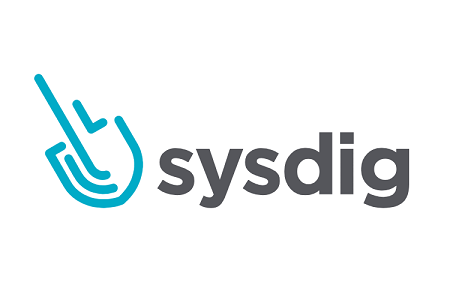How to Set Up an Open Source Strategy
Open source components have become the basic building blocks of software applications, comprising 60%-80% of the software projects. As open source usage has established itself as an industry standard and the default choice of software production, software development organizations are required to set up an open source strategy.



